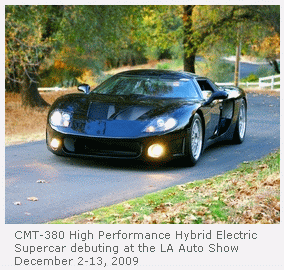A while back I wrote that I didn't rate the internal combustion engine much. Ever since I did a project on gas turbines I've been wondering why the gas turbine car was stillborn. The advantages are so numerous but mainly the idea of using rotary motion rather than converting reciprocating motion is the killer. It makes everything else so much simpler. The pistons in an IC engine are actually based on a cyclists legs.Why then, I've often asked myself, do we push down at top dead centre (TDC) rather than at 10 past the hour as we do on a bike. Actually the answer is probably because it was always done that way, or because of space. I did find out that the new air car by some French inventor does push down at 10 past the hour and increases the efficiency by about 40%. ie as we've seen so often, when you are limited then you are forced to find a solution. That may be the ethos of the idea behind carbon limitations too. After all, high fuel prices in Europe forced the development of small Diesel engines.
This drivetrain was the brainchild of George Westinghouse. The engine powers the generator, which creates a large magnetic force field be-tween the engine and drivewheels. There's no mechanical transmission. The driver moves a rheostat through four quadrants — a lot easier than shifting, and grinding, the straight-cut gears of the day — and the car moves ahead progressively, giving occupants that odd feeling you get when you try to push similar-pole magnets against each other. Both Enrico Caruso and John McCormack drove Owen Magnetics."
*Well it might be unheard of in the USA but the new Diesel Jaguar can achieve 1000miles on a single tank - as proven on Top Gear "Basle to Blackpool on a single tank" challenge.


No comments:
Post a Comment